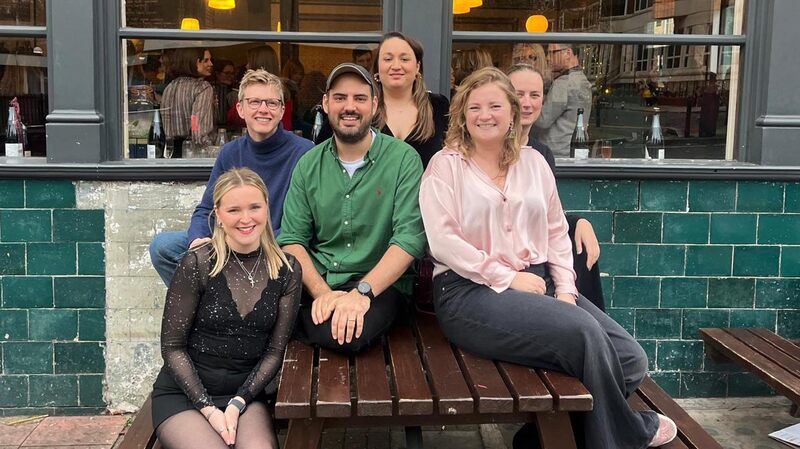You are viewing your 1 free article this month. Login to read more articles.
Trading faces
In the seven years since The Bookseller began its annual selection of publishing’s influencers, The Bookseller 100—which, along with the Rising Stars, attempts to show an image of publishing through its people—how has the sector reshaped itself to meet the future? The answer is a long one. In 2009, The Bookseller’s inaugural century included names such as Gerry Johnson, Katie Price, Luke Johnson and Dame Marjorie Scardino. There were 28 women, and three people of colour. Along with Price, six other authors were selected: J K Rowling, Jamie Oliver, Mark Lawson, Paul O’Grady, Jacqueline Wilson and Philip Pullman. The list, we said, should spark a conversation.
Spring forward three years to 2012, and much was already different. Thirty-five of the 100 were women, a figure which, as we pointed out, represented the listing’s highest number yet—but this time there were only two people of colour. More than half of the 100 were publishers, just 15 were retailers. There were 35 Evergreens—those who had featured in every list since 2009— and there were three authors. Former Pearson c.e.o. Scardino was the magazine’s inaugural Bookseller 101st—the first among all those bookish equals.
In 2013 we used the list to kick-start a wider debate into the industry’s diversity gap. Thirty-nine of that year’s century were women, but again only four were from a Black, Asian or Minority Ethnic (BAME) background, including author Malorie Blackman. Meanwhile, the Evergreens were on the wane, to just 25, including a notable 101st in Penguin Random House chair Dame Gail Rebuck. Four authors made the list, including new entry Orna Ross, founder of the Alliance of Independent Authors.
Last year’s measure saw the number of women fall (34 out of the 101), but at least BAME representation held steady, with the four from 2013 making a reappearance. Again there were four authors, including Dan Kieran from Unbound. The Evergreens were down to 23. And so to this year’s crop, with a real sense of both a generational and diversity shift. Twenty-one Evergreens remain, but this year there are 41 women, and six from a BAME background—importantly, four are new entrants. It is a creditable shift, but as the 2016 World Book Night list—which contains only white writers—shows, there remains huge work ahead.
The backdrop to all of this is an industry changing diametrically as the economy and digital transformation swings us hither and thither. The emphasis might be on change, but those Evergreens are also important, and our 101st (p17) embodies both. Online this week, I asked what kind of industry we wanted to be: we may just be starting to see one emerge that is both respectful of the past, and also respectful of its broader future.















